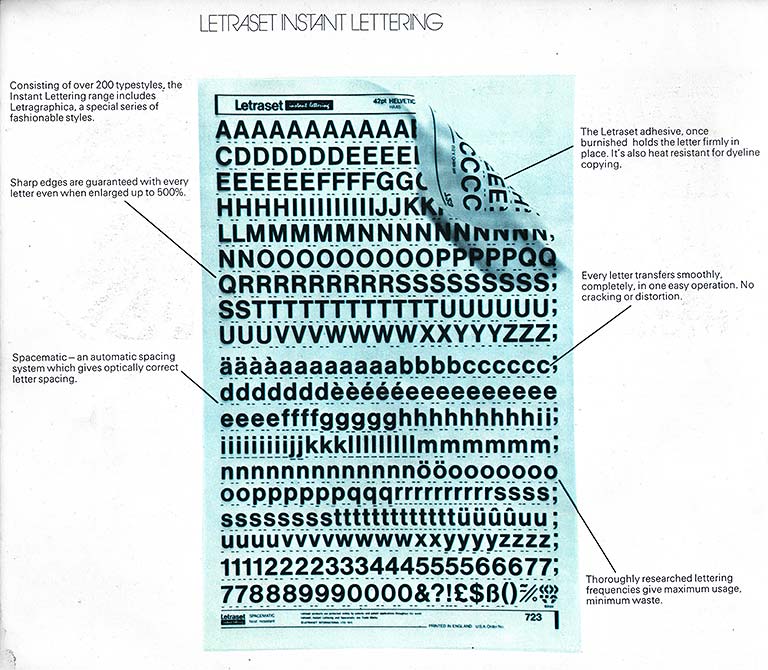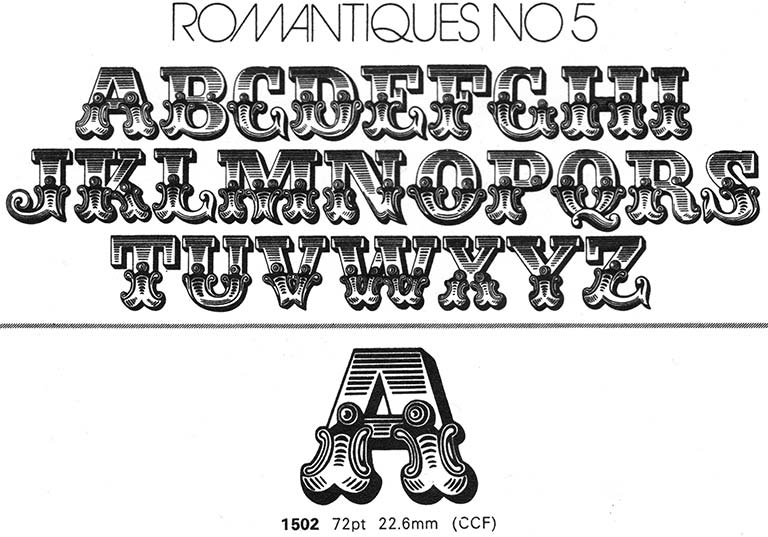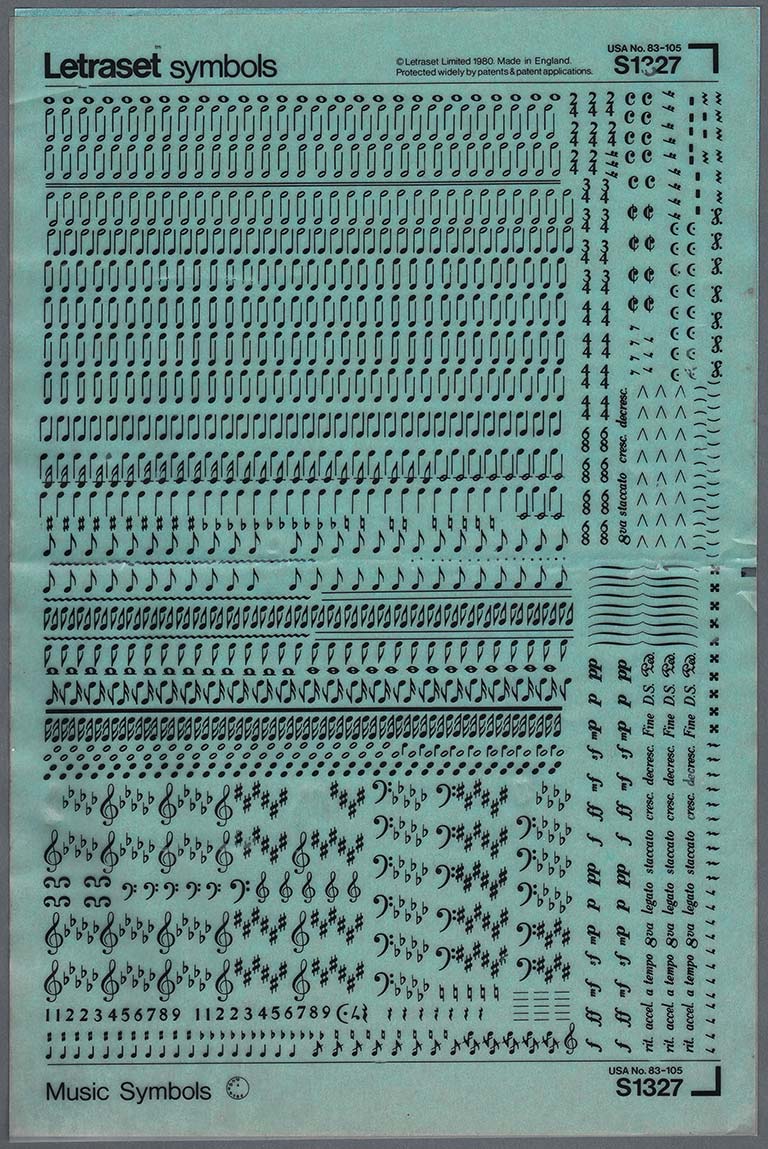This is one of five articles on Letraset products which are not Action Transfers, but which should be of interest nevertheless.
You can get from each article to any of the others by following these links; they are all worth a look.
- ← Art Sheets
- ← Letraset Specials (featuring 'Yellow Submarine' & Armed Forces sheets)
- Instant Lettering (this page; see below ↓)
- Titles for Electronic Equipment →
- The Letraset Type Lettering System → (Letraset's original 1959 product!)
It is also part of the article "What are Transfers?" which has further interesting things to say on this subject, & which has links to plenty more pages, both relevant & tangential. It is definitely recommended as additional reading.
- What are Transfers?
- How to Apply Letraset Dry Rub-Down Transfers →
- How Dry Rub-Down Transfers Work →
Instant Lettering
(See below for Symbols)
This page from a Letraset catalogue explains the main features of Instant Lettering. It may be difficult to imagine just how revolutionary a product this was back in 1961; before then, only letterpress or hand lettering were widely available, & each of these methods was laborious, time-consuming, & expensive. Suddenly anyone could produce professional typography quickly & at minimal expense; it was truly revolutionary & liberating.
For a few years before 1961, Letraset had made a more cumbersome version available — The Letraset Type Lettering System — but although interesting, it was not widely used.
Of course, now computers handle this kind of thing without any effort being required on the part of the user at all, but this means that in the history of typography, the period 1961 to 1984 was the Age of Letraset.

- LETRASET INSTANT LETTERING
- Consisting of over 200 typestyles, the Instant Lettering range includes Letragraphica, a special series of fashionable styles.
- Sharp edges are guaranteed with every letter even when enlarged up to 500%.
- Spacematic — an automatic spacing system which gives optically correct letter spacing.
- The Letraset adhesive, once burnished holds the letter firmly in place. It's also heat resistant for dyeline copying.
- Every letter transfers smoothly, completely, in one easy operation. No cracking or distortion.
- Thoroughly researched lettering frequencies give maximum usage, minimum waste.



Three of my favourite fonts, taken from a Letraset catalogue. Below we have my first personal purchases of Instant Lettering; two sheets of Egyptienne Bold Condensed which I bought from an art shop in Pembridge Road, Notting Hill Gate, in 1972. You can see that I never got around to using all the characters!


Symbols
As well as Art Sheets, Action Transfers/Instant Pictures & Specials, Letraset produced other ranges of graphic transfer products, most of which were labelled as part of the 'Symbols' family. The most popular were the Architectural Symbols ranges (AS & ASH), but there were plenty of others such as flags of the World, International Signage & so on. I'm happy to show you plenty of these on request, but to give you a single example here's one I particularly like.
Interestingly, in their original patent application of 1959, Letraset mentioned music notation as a possible application for their dry transfers; but as far as I know, this was the one & only sheet. It's dated 1980.

Links for the "Other Letraset Products" article:
- ← Art Sheets
- ← Letraset Specials (featuring 'Yellow Submarine' & Armed Forces sheets)
- Instant Lettering (this page; see above ↑)
- Titles for Electronic Equipment →
- The Letraset Type Lettering System → (Letraset's original 1959 product!)
- And finally: What are Transfers?
- How to Apply Letraset Dry Rub-Down Transfers →
- How Dry Rub-Down Transfers Work →
Links for the "What are Transfers?" article:
- "What are Transfers?" Main Page ↑
- Temporary Tattoos, including "How to Apply a Vintage 1960s Temporary Tattoo" →
- How to Apply a Waterslide Model Kit Transfer →
- Waterslide Transfers Applied to Drinking Glasses; plus Golly Transfers →
- The Letraset Type Lettering System →
- How to Apply Vintage 1959 Letraset Waterslide Lettering →
- Letraset's dry rub-down "Instant Lettering" — that's this page
- Heat Transfers, including "How to Apply a Vintage 1970s Iron-On Transfer" →
- How to Apply Letraset Dry Rub-Down Transfers →
- How Dry Rub-Down Transfers Work →
- Topps Rub-Offs, Hasbro Rub-Ons, & Trans-Action →
- Some Lovely Décalcomanies →
- How to Apply a Sticker (& other Sticker treats) →
- Stick'N'Lift →